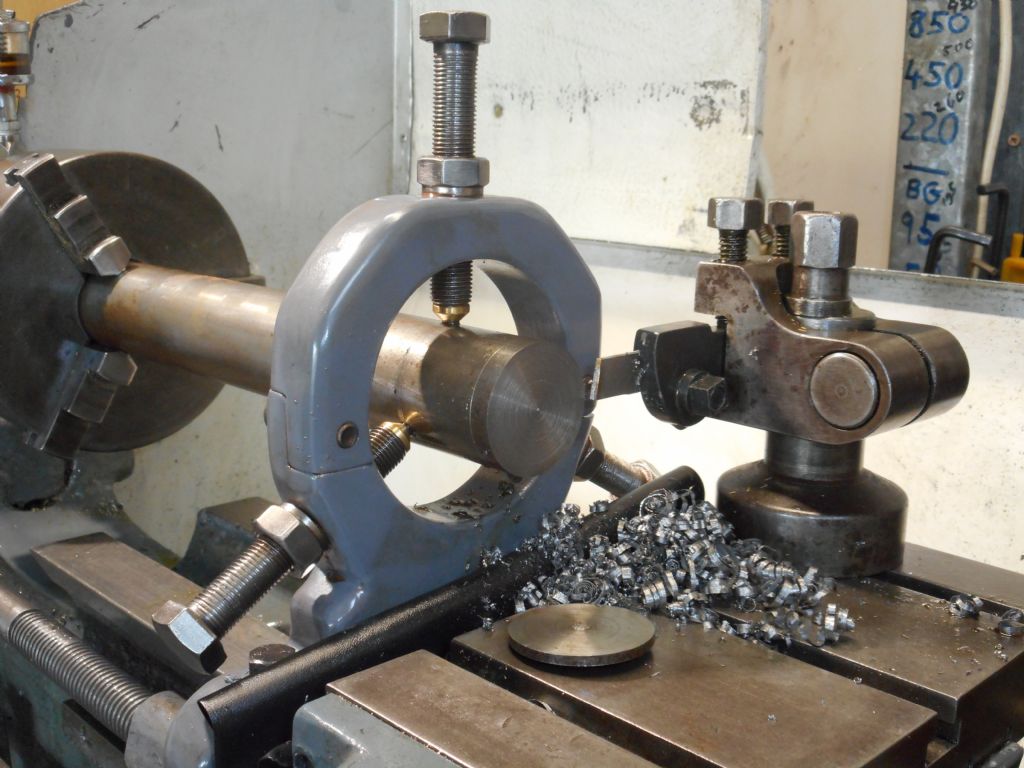A mini lathe is usually, in my book, something like a Seig C2 or C3.in size. Think Clarke Metalworker / Chester Conquest as similar.
Myford ML7, Boxfords and larger do not fit the description.
Being tight (to put it mildly) I use my HSS parting blade, horizontally in the rear toolpost, without grinding any top rake, and have done so for nearly 15 years. Dig ins are almost unknown, and do minimal damage,
(And I invite them by grinding the front edge at an angle, in the hope of leaving the workpiece without a central "pip". This makes swarf wider than the cut, but the swarf usually finds its way out without a problem, in small pieces; possibly because of the zero top rake?)
As long as you are finding your way, I would not advocate angling the front until you are a lot more confident. If you have a problem, you need to have the minimum of possible causes. Don't let me lead you astray!
In addition to all the help that you will get on here, join a Model Engineering Club, where you will probably get face to face advice and first hand demonstrations. Whereabouts are you, roughly?
Someone on here may well be near, and happy to help and advise.
Howard
Oily Rag.





